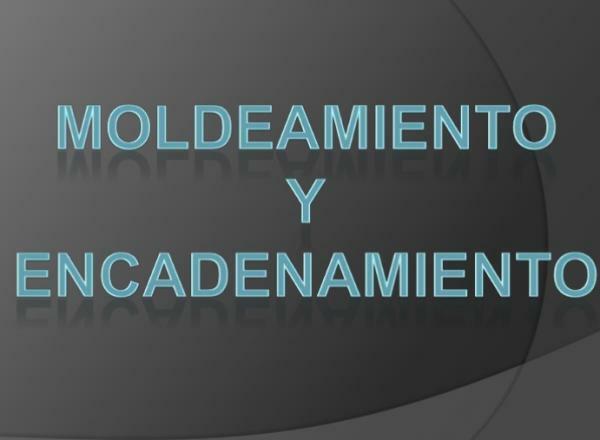
Helping behavior is the main object of research, because it is something observable, while altruism requires making inferences about intentions and motives. The definition of prosocial behavior: Broad category that includes all conduct defined by a specific society as generally beneficial to other people and to the social system.
Characteristics of the "Kitty Genovese Incident" situation: While a single man attacked and stabbed Kitty Genovese for about 45 minutes, 38 witnesses who witnessed the incident, did nothing to avoid it.
- Darley and Latané: Research on the intervention of observers in aid of a person in distress. They tested the effect of the number of observers.
- Hypothesis: The greater the number of observers, the less likely that any of them will help the person in need. (To put it to the test, they did the epileptic seizure experiment.)
- Results: In the condition with more participants, the percentage of subjects who tried help was lower and, in addition, when some of them did it, it took longer to decide. It is known by the name of "bystander effect".
- Conclution: The intervention or not in emergency cases is the result of a decision process that takes place in the mind of the individual, and which is influenced by a series of situational factors that will incline the decision towards helping or not help.
Greater tendency to help: People who are attractive to us (not aversive). People like us: Acts in a more prosocial way towards people from one's own group than towards strangers (nationality, race). It is a cross-cultural phenomenon that occurs with more intensity in collectivist cultures (the differences between in-group and out-group are more marked). The relationship between similarity and helping behavior can also be explained in cost-benefit terms:
- There are many factors that drive us to help people very different from ourselves. For example: When the costs of not doing so outweigh the benefits, or the costs of providing help. Gaertner and Dovidio: They experimentally studied the relationship between helping behavior and similarity / difference between the victim and the observer. Two variables were manipulated:
- The presence or not of other observers.
- The victim's race. Providing assistance to a black / white person, with or without observers.
Results: The diffusion effect of responsibility is confirmed, but that of similarity only appears when there is other observers: The subjects alone helped more, but they did not help the white person more but the black. With other observers, they helped less, but the white person is helped twice as much as the black person.
Explanation: When the subject is alone, the subject's own image would be harmed if he violated his feelings of moral obligation ("personal norms"), refusing to help another person because of other race. However, when there are other observers, the responsibility is more diffuse and, the subject can excuse yourself that another will help to discriminate against the victim of another race, regardless of clearly racism.
This reaction is typical of "aversive racists": His prejudice against another race is not manifest but subtle. The person considers himself free from racial prejudice but unconsciously maintains negative feelings towards individuals of another race.
The similarity between the victim and the observer, can influence the helping behavior through the "process of attribution of responsibility to the victim": The tendency to help is greater if it is considered that the victim's problem is due to external circumstances. The greater the similarity between the observer and the victim, the greater the tendency to consider that they are not to blame for what happens.
Opposite phenomenon: When the victim is too similar to us, her problem can remind us that the same thing could happen to us, which produces an unpleasant feeling of similarity. To fight against this, there are two mechanisms: Perception distortion of the victim, seeing her as different from us. Attribution of responsibility to the victim: assign negative characteristics such as lack of intelligence or caution.
Apart from the characteristics of the situation and those of the victim, the helping behavior is influenced by other factors more personal: The motivation of the donor to help, his perception of costs and benefits, personality traits of her, etc. Piliavin: Model referring to the considerations of costs and benefits that move the person to help or not. Activation model and reward cost. It aims to predict, not only whether or not people will react in a situation that requires help, but also the type of reaction they will manifest. Distinguish between:
- Costs and benefits of helping
- Costs and benefits of not helping.
It's a economic approach to human behavior, which assumes that the individual weighs the pros and cons before acting, and is motivated primarily by his own interest. It is therefore far from altruism, however, self-interest and altruism do not have to be incompatible. What a person does will depend on the balance between the costs of helping or not helping, but:
If both costs are high:
- It will help indirectly by looking for another person who can assist the victim. b
- You will reduce the costs of not helping by reinterpreting the situation: Dissemination strategies of responsibility.
Strategies for attributing responsibility to the victim. The result in both cases will be: Lowering the costs of not intervening. If both costs are low: The situation is more difficult to predict. Other factors gain more weight, such as:
- Social and personal norms.
- Personality differences.
- Relations between observer and victim.
- Other situational variables.
This article is merely informative, in Psychology-Online we do not have the power to make a diagnosis or recommend a treatment. We invite you to go to a psychologist to treat your particular case.


